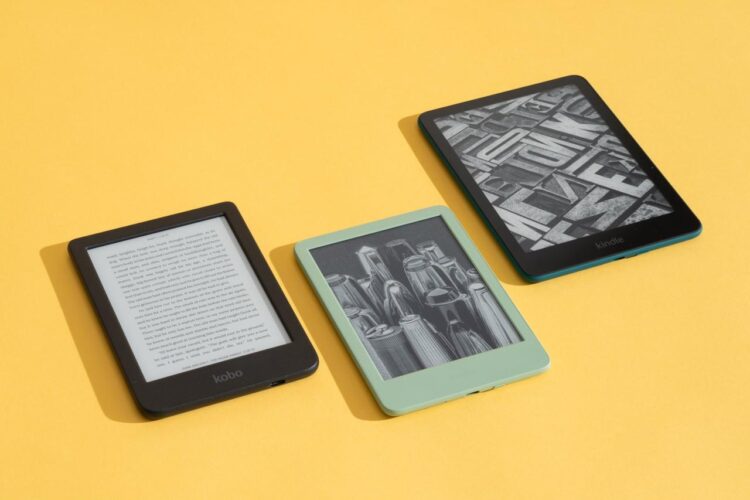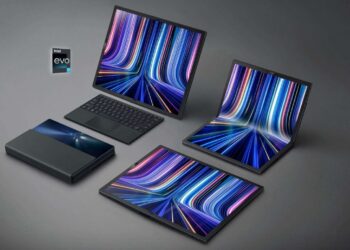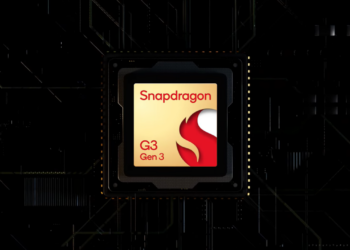The world of digital reading has long been dominated by the monochromatic charm of E Ink technology. Prized for its paper-like viewing experience, exceptional battery life, and eye-friendliness, the grayscale display has been the gold standard for dedicated e-readers. However, this limitation has restricted the adoption of e-readers for content rich in visual data, such as graphic novels, textbooks, magazines, and technical manuals. The simple idea of an e-reader displaying “True Color” heralds a monumental breakthrough: the long-awaited arrival of true color E Ink that is not only vibrant but maintains the core benefits readers have come to expect.
This article delves deep into the technological advancements that have made full-color e-reader displays a commercial reality. We’ll explore the various generations of color E Ink, the crucial role they play in specialized applications like digital education and medical documentation, and the immense potential they hold for maximizing your reading engagement. This is the future of eye-friendly technology combined with visual richness, optimizing the user experience and driving massive growth in the E-Reader market.
Understanding the E Ink Leap: From Monochromatic to Chromatic
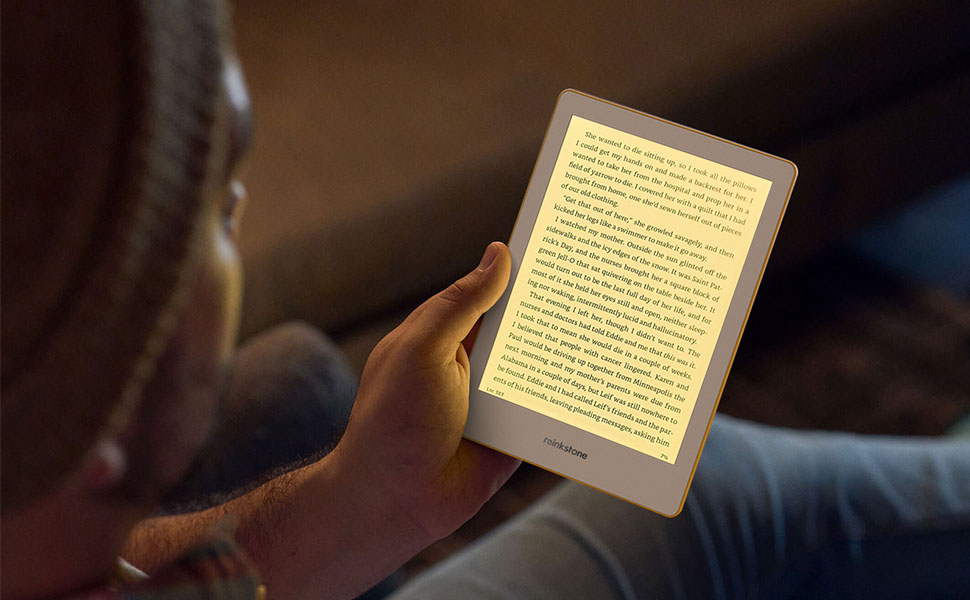
The shift from black-and-white to color in e-readers is a complex engineering feat. Traditional E Ink displays (like E Ink Carta) rely on tiny black and white microcapsules (or microcups) that rearrange themselves to form text. Introducing color required a radical restructuring of the display’s front panel while adhering to the core principles of reflective display technology. Unlike the self-illuminating screens of tablets and smartphones (LCD or OLED), E Ink requires ambient light to be visible, just like a paper book.
A. The Challenge of Color in E Ink
Engineers faced a significant hurdle: how to introduce a color filter layer without severely diminishing the brightness, resolution, or exceptional battery-saving properties of the core E Ink panel. Any color layer inherently filters light, making the screen appear dimmer compared to its monochromatic counterpart. Overcoming this required incremental innovation across several generations.
B. The First Generation: ACeP and Initial Kaleido Efforts
The journey began with transitional technologies that paved the way for current success. Advanced Color ePaper (ACeP) was a technical marvel, capable of displaying a vast spectrum of colors by utilizing four distinct colored pigments within each microcapsule. However, its refresh rate was exceptionally slow, often taking several seconds to redraw an image. This limited ACeP’s use primarily to static digital signage rather than interactive e-readers.
The first commercially viable solution for e-readers came with Print Color E Ink (Kaleido 1, 2, and 3). Kaleido achieved color by simply adding a Color Filter Array (CFA)—a set of microscopic red, green, and blue filters—on top of a standard grayscale E Ink panel. The underlying E Ink provides the sharp black text (at its full resolution, typically 300 DPI), and the CFA adds a layer of color. While functional and allowing for mass production, the first Kaleido generations suffered from significant drawbacks, primarily desaturation and a relatively low color resolution (often around 100-150 DPI), making images appear somewhat washed out and dim.
C. The Breakthrough: Gallery 3 and Enhanced Kaleido
The newest generations are finally delivering on the promise of true color, offering two distinct and powerful paths forward.
- E Ink Gallery 3 Technology: This is a revolutionary step that moves away from the limiting CFA approach. Gallery 3 utilizes E Ink’s proprietary Advanced Color Microcapsule system, where four different color pigments (Cyan, Magenta, Yellow, and White/Black) are contained within the microcapsules themselves. By manipulating these four pigments, the display can create a full-color spectrum at a much higher color resolution (often matching the grayscale resolution) and, crucially, with a refresh rate that is dramatically faster—now comparable to that of modern monochrome E Ink. This technology is viewed as the true successor for high-quality, vibrant color e-readers, offering the best balance of speed, color fidelity, and resolution.
- Kaleido 3 Enhancements: The newest version of Kaleido has made vast improvements in color gamut and brightness by refining the CFA. With a higher light transmittance and optimized pixel arrangement, Kaleido 3 displays richer colors and a better reading experience, especially under the integrated front light illumination. This technology offers a more immediate, brighter, and cost-effective entry point for color e-readers and remains highly popular for general consumers.
Key Advantages and High-Value Applications of Color E Ink
The ability to display color instantly opens the e-reader market to segments previously dominated by glare-prone tablets. These new color E Ink devices offer unique, high-value propositions that directly target highly profitable consumer and professional markets.
A. Revolutionizing Digital Education and Professional Content
In academic and professional settings, color is not a luxury; it’s an absolute necessity for rapid comprehension. Color e-readers solve critical issues in the digital textbook and documentation markets:
- Visualization of Complex Data: Displaying intricate charts, graphs, and diagrams with distinct colors is essential for scientific, medical, and engineering fields. Full color allows students and professionals to easily distinguish between different data sets, chemical structures, or anatomical layers.
- Effective Note-Taking and Annotation: Users can now utilize virtual highlighters in multiple colors and write notes with a stylus in various hues, replicating the most effective physical experience of annotating a textbook and significantly improving information retention and study efficiency.
- Accessibility for Digital Textbooks: By providing a glare-free, eye-friendly display for digital books that often rely heavily on color coding, these e-readers make dense educational material more accessible and less fatiguing for long study sessions, directly addressing the global need for accessible digital education.
B. Enhanced Leisure and Media Consumption
For consumers, the benefits translate to a richer and more engaging media experience that justifies investment in premium devices:
- Graphic Novels and Digital Comics: The high-resolution, vibrant color displays finally do justice to the intricate, immersive artwork of digital comics and manga, which were frustratingly grayscale on older devices.
- Digital Magazines and Cookbooks: Magazines and glossy cookbooks, which depend entirely on vivid photography and dynamic layouts, can now be fully appreciated on a portable, non-backlit screen, offering a true-to-print experience.
- Digital Art and Photography Portfolios: Artists and photographers can view their work with reasonable color fidelity in diverse lighting conditions without the eye strain and blue light exposure inherent to emissive screens.
C. Superior Eye Comfort and Wellness
The fundamental and most enduring benefit of E Ink—reduced eye strain—is robustly preserved, even with the addition of color. This feature is a crucial differentiator and a high-value keyword for consumers prioritizing health.
- Minimizing Eye Strain: Unlike tablets that emit blue light directly into the eye, E Ink reflects ambient light, mimicking the natural, non-fatiguing process of reading a paper book. This makes full-color e-readers the ideal device for extended reading sessions.
- Optimal Reading Conditions: The elimination of the harsh glare and screen washout common on emissive displays makes reading outdoors in direct sunlight perfectly comfortable and feasible.
- Optimized Night Reading: The integrated front light systems (often adjustable in color temperature, from cool blue to warm amber) can illuminate the color screen without the drawbacks of traditional blue-light-heavy backlights, allowing for comfortable reading at any hour.
The Technology Under the Hood: Key Specifications for Performance
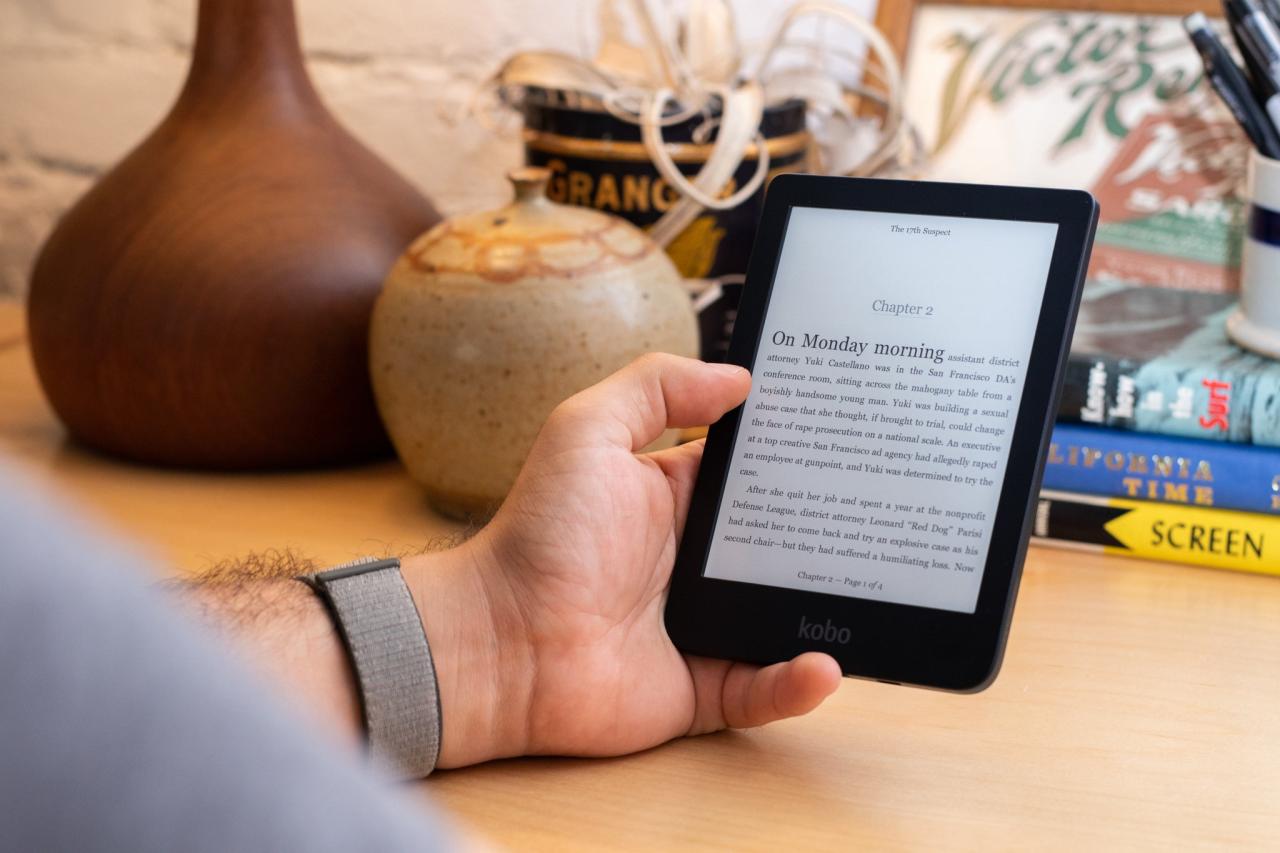
For consumers and professionals looking for the best color e-reader experience, several technical specifications govern performance. These terms are vital for driving SEO traffic and satisfying the curiosity of tech-savvy buyers.
A. Understanding Resolution and Clarity
A key factor is the difference between the black-and-white and the color resolution, both measured in DPI (Dots Per Inch). While the black-and-white text layer typically maintains a high 300 DPI, necessary for crisp, sharp lettering, the color layer’s effective resolution has historically been lower (around 100-150 DPI) in CFA-based screens. Higher DPI for the color content means sharper images, charts, and graphics, which is why E Ink Gallery 3 is generating such excitement, aiming to close that gap. The Contrast Ratio, the ratio between the blackest black and the whitest white, is also critical for image clarity and ensures the color layer doesn’t make the background look dull or grey.
B. Speed and Responsiveness
The user experience depends heavily on the Refresh Rate, which dictates how quickly the screen can change an image or turn a page. Early color E Ink was notoriously slow, but new advancements in screen materials and powerful E Ink controller chips have dramatically improved this. Modern color e-readers are now capable of refresh speeds suitable for animations, rapid page turns, and even basic web browsing, making the device feel responsive and modern.
C. Enhanced Interactivity and Input
Modern color e-readers are evolving into interactive tools, not just passive displays. High-precision Wacom EMR technology (Electromagnetic Resonance) or similar active stylus systems are now seamlessly integrated over the color layer, allowing for:
- Accurate Hand-Written Notes: Users can sketch, annotate, and take meeting notes directly on the digital page using different color inks provided by the device’s software.
- Digital Whiteboarding and Collaboration: The combination of low power consumption, high visibility, and stylus input makes color e-readers excellent for portable digital whiteboarding and rapid note-sharing.
Conclusion
The arrival of true, vibrant full-color E Ink represents the most significant breakthrough in the e-reader industry since its inception. For over a decade, consumers have been forced to choose between the unparalleled eye comfort of E Ink and the visual richness and versatility of a tablet. With the widespread commercialization of technologies like E Ink Gallery 3 and the highly refined Kaleido 3 panels, that fundamental compromise is finally dissolving.
This new generation of devices is a powerful game-changer. It unlocks the vast, lucrative market of educational and professional content, where color is essential for communication and comprehension. It simultaneously enhances the leisure experience for millions of readers of comics, magazines, and artistic works. By successfully providing accurate color rendition alongside the trademark benefits of glare-free reading, exceptional, multi-week battery life, and minimal blue light emission, the full-color e-reader is uniquely positioned to capture a substantial, high-value segment of the digital device market.
The implications for digital literacy and wellness are profound. This technology promises a future where health and technology align perfectly—allowing professionals to review medical scans with color distinction, students to study complex materials for hours without eye fatigue, and avid readers to enjoy stunning visuals in a medium that feels as natural and calming as paper. The ongoing innovation in refresh rates, color accuracy, and power management will solidify the color e-reader as the ultimate tool for focused, long-form digital consumption across all content types. This is more than a product upgrade; it is a sustainable, eye-friendly revolution that will redefine the standards of digital reading globally.

